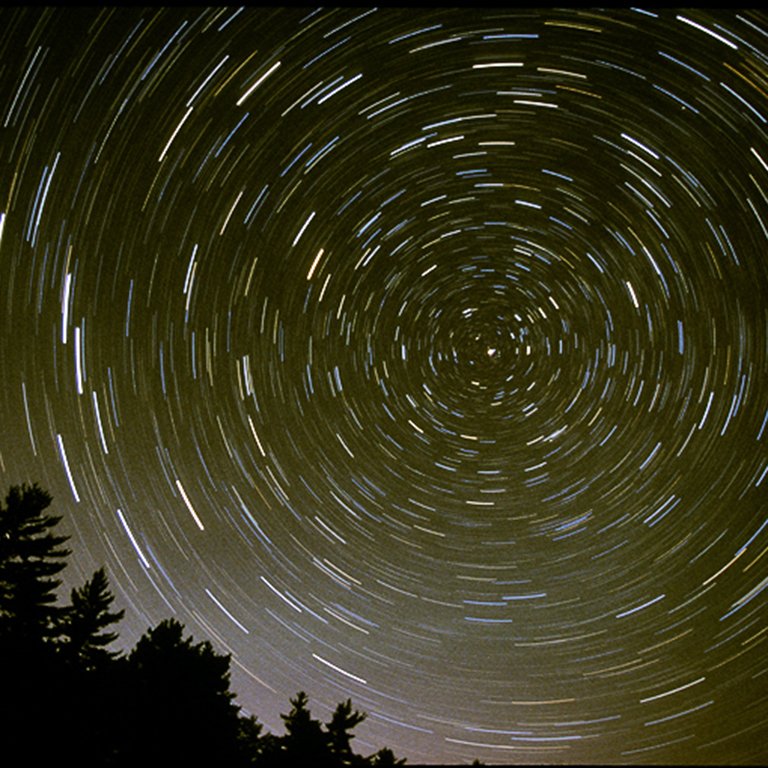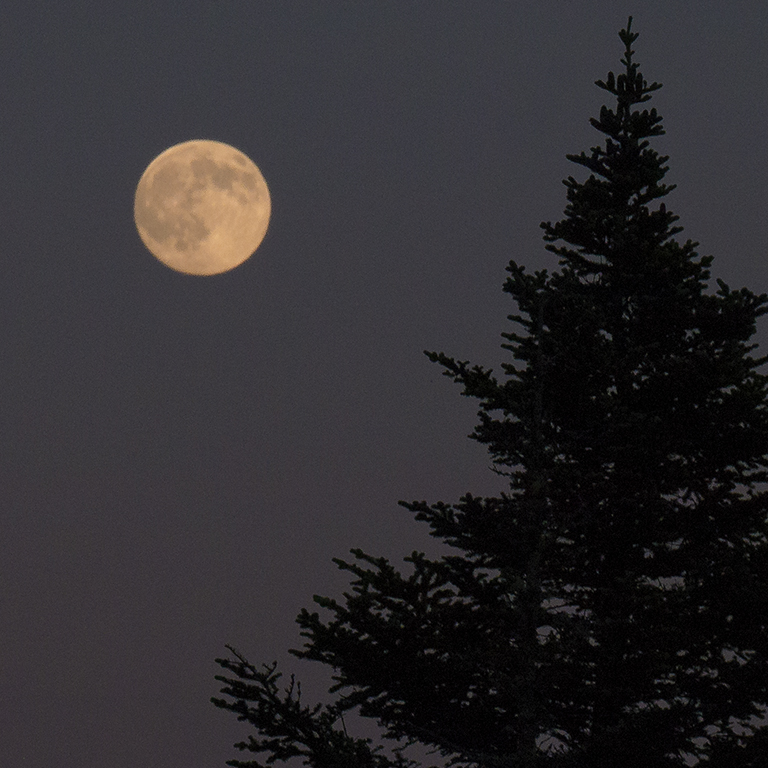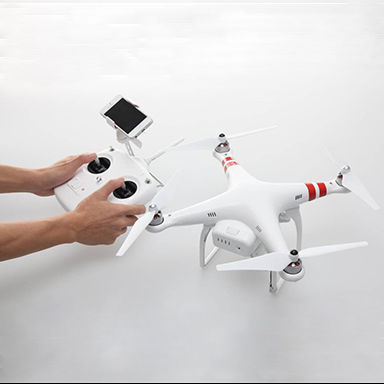Archive for July 2014
Star Light, Star Bright – How to Photograph Stars
Star photography has been a long-time enigma for photographers, and it still is for cinema-photographers. We can easily see a wonderful array of millions of celestial objects on clear nights,but…
Read MoreSunrise , Sunset – How to Photograph the Sun
The previous blog concerned photographing the moon, and following this extra-terrestrial theme, here is a blog about photographing the sun. I used to say that perhaps 15% of all photographs…
Read MoreBetter Pictures When Shooting the Moon
About once a month in the evening, barring clouds, a full moon appears in the Eastern sky. The sighting inspires poets, astronomers, lovers and photographers. This blog is appropriate, as…
Read More4k Video – Many, Many “Decisive Moments”
One overarching benefit of digital technology is the ability to recreate work with complete fidelity – in other words new works are exactly the same as the original. This benefit,…
Read MoreFireworks on the Fourth – A Photo “How To”
Tomorrow will be the annual “fireworks fest” as we celebrate the country’s anniversary. Here are some quick tips on taking pictures of fireworks. 1. Put the camera on the “manual”…
Read More



